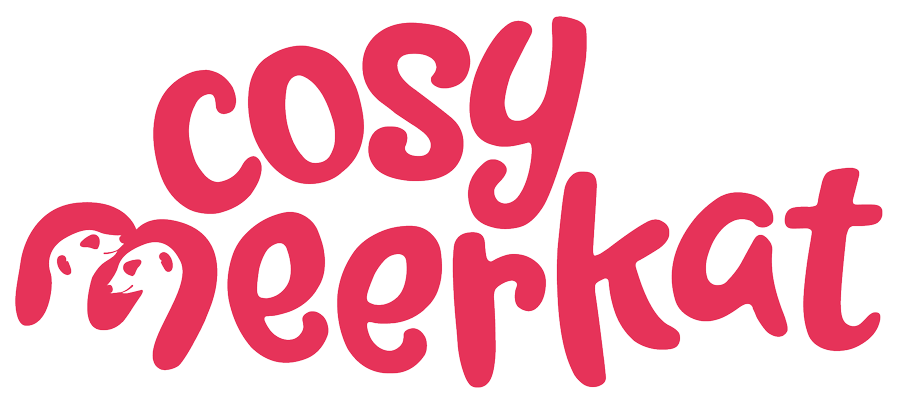Getting the board on board: how to present an internal comms business case that will win backing and budget
You’ve got a great idea for a project you know will improve employee engagement – the only problem is you’ve got to convince the board for both budget and backing. But with most internal comms budgets either stagnating or being cut right now, you know it’s a big ask. We feel your pain. Asking for more money is never easy, even in less financially challenging times. But there are things you can do to give your business case the best possible chance of succeeding.
We’ve helped a lot of Internal Comms and HR teams develop their business cases – and they’ve been successful when pitched (see here for the work we did with Adidas helping their HR team present the case for a radical overhaul of their employee training programme). So, if you want to get that project up and running, here’s what we suggest you do to make sure you’re putting your best case forward:
1. Consider your audience. Before you write a word of your business case, ask yourself if you’ve thought about your project from your leader’s point of view. What matters to them? You might want a new platform to help achieve your objective of improving employee engagement, but do they care about a shift in engagement stats? We’d hazard they care a lot more about the benefits that greater engagement brings. They care that their employees are productive, motivated and customer focussed. Think about how you’re going to demonstrate these benefits. If you believe your initiative will increase productivity, how do you show that? If your leadership are very customer-focused, how will your internal comms project improve the relationship with the customer? Will it, for example, enable better knowledge sharing, giving more staff easy access to the information they need to better serve customers? Keep your focus on what’s important to the leadership and you’re already well on your way to presenting a convincing case.
2. Accept that building a good business case takes time and effort. There’s no getting away from it, this is not something you can do on the fly. Doing research, finding evidence and evaluating what you’ve found takes time to do well, but it’s what you need to do if you’re to convince people that the particular problem you’ve identified is one the business needs to solve.
So, with that said, let’s get on to the specifics:
· Define your objectives. Identify the improvement you want to make and why. We find it’s often helpful to think about (and present) this as the problem you’re trying to solve.
o Assess how internal comms can solve this problem.
o Make sure your objectives are aligned with the ones of the business more widely – remember your audience.
o Set quantifiable targets.
· Research. Investigate the options available – this could be via a web search or recommendations.
o Collate all information and pricing.
o Try to be consistent with the information you gather so that when you come to assess, you’re comparing like with like.
o It can be useful to compile a checklist of what is and isn’t important to you to help as you do this.
· Recommend. If you have several viable options compare each one against your objectives.
· Evaluate. Identify which option best suits your needs and prepare a business case defining why.
Writing your business case – a few tips from us:
· If you’re in Internal Comms you’ll spend a lot of time listening and that means you probably know far more about what employees think than the leadership do. This is an opportunity to show what you’ve heard – and educate your leaders.
· Your audience will want to see numbers, evidence and the impact on the bottom line. Make sure you use all the relevant data, but remember it’s not just a numbers game…
· You are presenting a story. Facts are important, but people are often most convinced when they have an emotional response to something. It’s why we all love a case study - they bring numbers to life and make us engage with the problem on a personal level. Connect the data to your story (you can think of this as your argument if you prefer) and you’ll have a far more compelling case. It’s about hearts and minds.
· Include some or all of the following:
o An executive summary clearly defining the business problem to be solved.
o The expected benefit of the recommendation being made.
o A risk assessment setting out what’s wrong with the status quo and the implications for the organisation if it doesn’t change.
o Your quantifiable objectives and key performance indicators.
o The time and resources required.
o Any relevant supporting material – case studies, for example.
o A formal recommendation, together with implementation timeframe, cost benefit analysis and projected return on investment.
Do all of that and we think you’ll have your business proposal in the bag. But if that level of work feels like more than you have capacity for at the moment, also remember we’re here to help. We’ll bring a fresh perspective and creativity to help you build a solid proposal, allowing you to present your case to the board with confidence.
